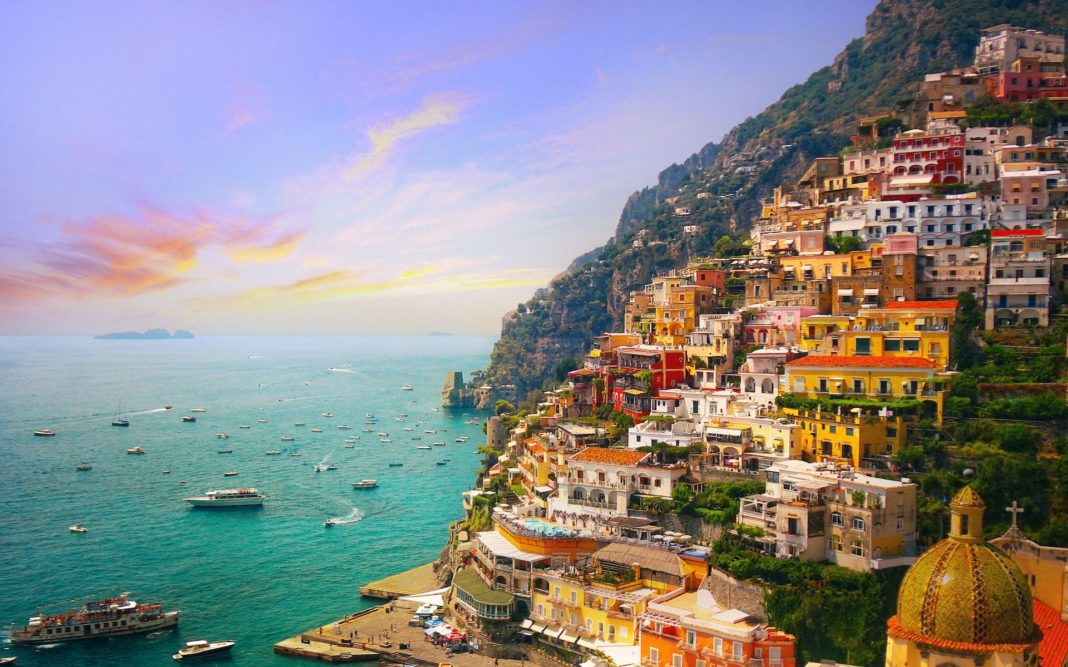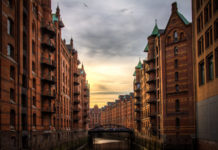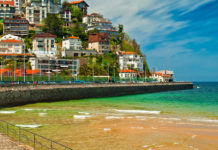Some European cities are particularly worth visiting this year. In some cases, it’s due to celebrations to mark special occasions. For others, it’s because of the fresh air brought by exciting new cultural and architectural projects. Here are 5 of the best places to visit.
1. Valletta, Malta
After visiting Valletta, the capital of Malta, Benjamin Disraeli, 19th century British Prime Minister, described this Mediterranean city as “… one of the most beautiful, for its architecture and the splendor of its streets that I know: something between Venice and Cadiz.”
This year Valletta, the Cultural Capital of Europe for 2018, is set to wake up with a series of cultural events. It’s about time, as this is one of the most underrated cities in Europe.
With 7,000 years of history, Valletta has been seized and occupied by foreign powers from Phoenicians to Romans to Spanish to British, until it finally became independent in 1964. As a result, you can see prehistoric monuments as well as Roman catacombs and spectacularly ornamental architecture and city fortifications built by the Knights of St. John.
Equally fascinating are sites such as Fort St. Elmo and Upper Barracca Gardens. Displayed there is the history of how the Maltese resisted and survived during the World War II. The Lascari War Rooms are underground tunnels where General Eisenhower, in overall command in conjunction with British and Canadian armies, conducted the famous Operation Husky, the invasion of Sicily.
Apart from such depth of history, the fact that the sun shines over 300 days a year in Malta may be an appealing point for some.
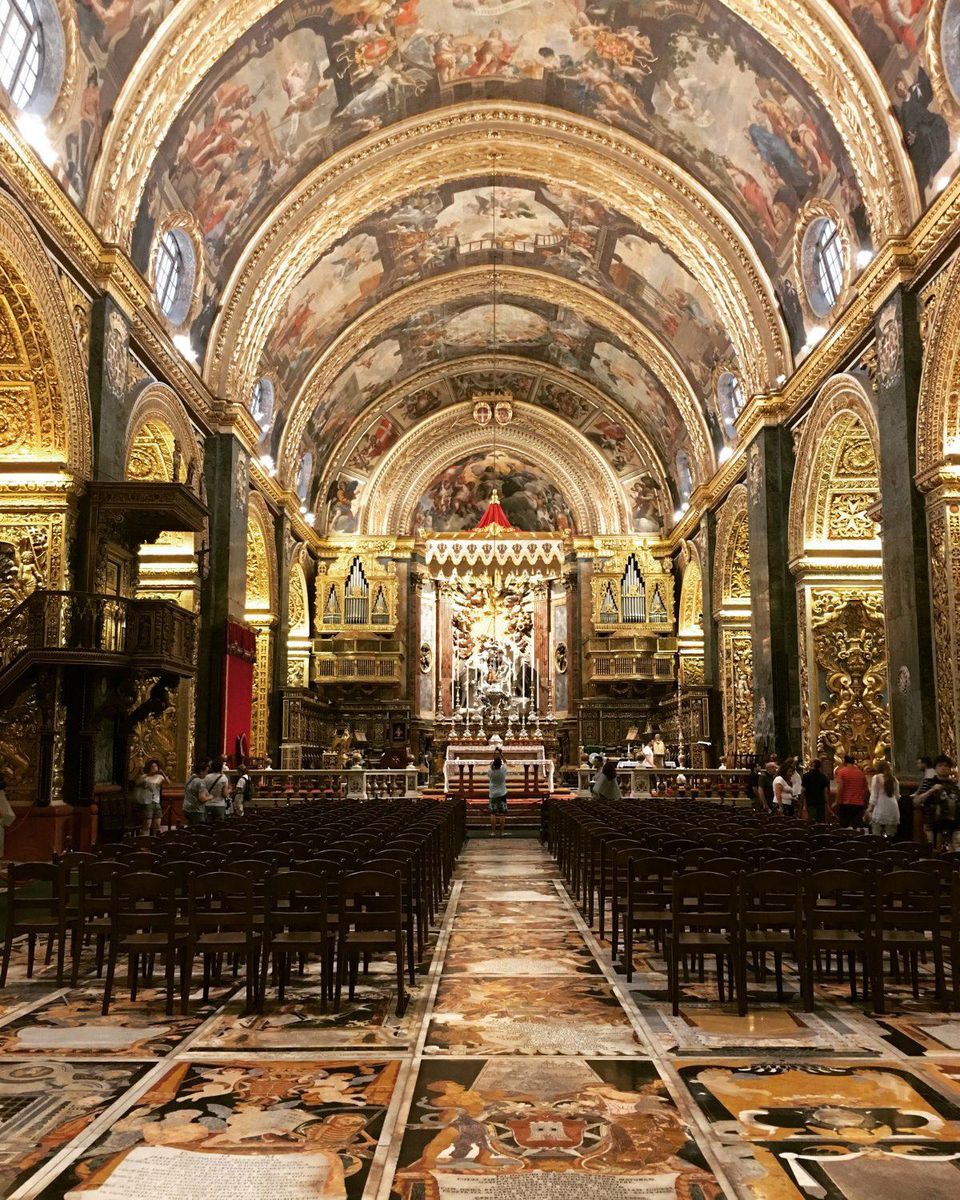 Juyoung Seo
Juyoung Seo
Inside St John’s Co-Cathedral in Valletta where “The Beheading of St. John the Baptist” by Caravaggio is displayed.
2. Matera, Italy
Once one of the poorest regions in Italy, Basilicata — where Matera is situated — is not what it used to be. At one point, the region was in such a dilapidated state that writer Carlo Levi compared it to Dante’s Inferno in his memoir, Christ Stopped at Eboli. And in the 1950’s the dangerous and unsanitary living conditions forced the residents out. The town of Matera in this southeast part of the country has been improving remarkably since the 1980’s and, in 1993, was added to the Unesco Heritage Site list. It will also be the European Capital of Culture in 2019.
The town’s transformation is a rags-to-riches story. The slum of Italy — as it was dishonorably considered in the past– is now full of boutique hotels and AirBnB accommodations.
The sight of stacks of white cavernous houses in one of the oldest inhabited cities in the world is so surreal and ancient that the town was used as a film location several times. The best way to explore this town that has existed since the Paleolithic Age is by walking. It’s best to visit sooner rather than later because a series of events planned for 2019 is likely to bring big crowds.
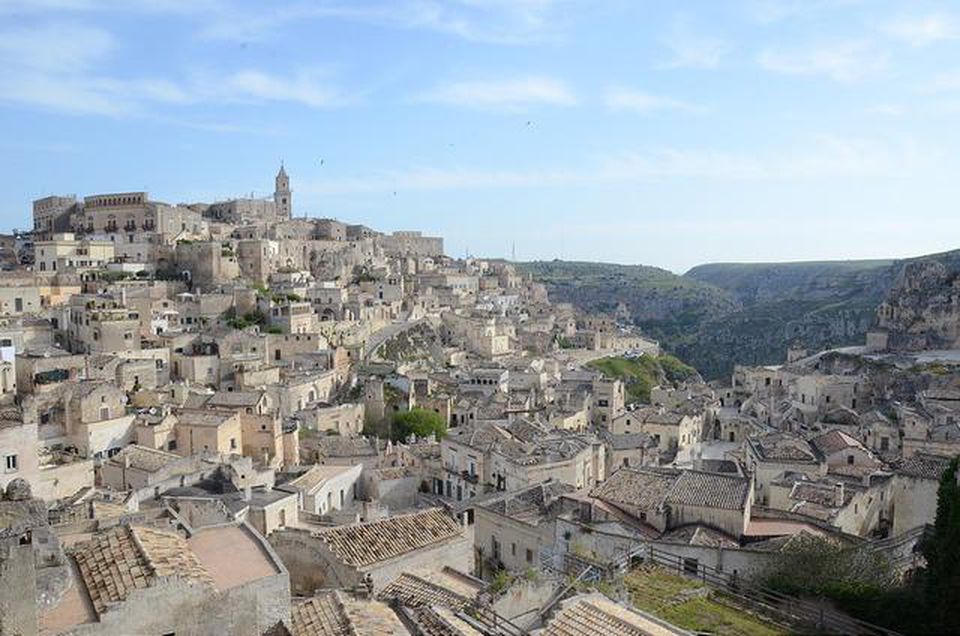 Gianluca Stefani/Flickr
Gianluca Stefani/Flickr
Matera in the region of Basilicata, Italy.
3. Hamburg, Germany
The largest port city and the second largest city in Germany, Hamburg, which was a leading center of the Hanseatic League is historical and cosmopolitan at the same time. The city with many impressive architectural sites such as the Town Hall is all the more picturesque due to the Elbe River that runs through the city.
Other than the river, which enabled Hamburg to become the economic power it is today, Hamburg also has the 160-hectare Lake Alster around which cafes are arranged and people have picnics during warmer months. The Speicherstadt — the world’s largest warehouse complex — offers a unique and slightly strange sight with its dark red brick Neo-Gothic buildings.
Visiting Kunsthalle, one of the most important art museums in Germany, is a must. The Elbphilharmonie is the exciting latest addition to the city. The new modern cultural complex — which contains a concert hall among others — was designed by Swiss architects Herzog and de Meuron on the waterfront, creating a contrast with the surrounding 19th-century warehouses. Other than numerous cultural events the building has a “viewing plaza” at 37 meters above ground level that offers a panoramic view of the city.
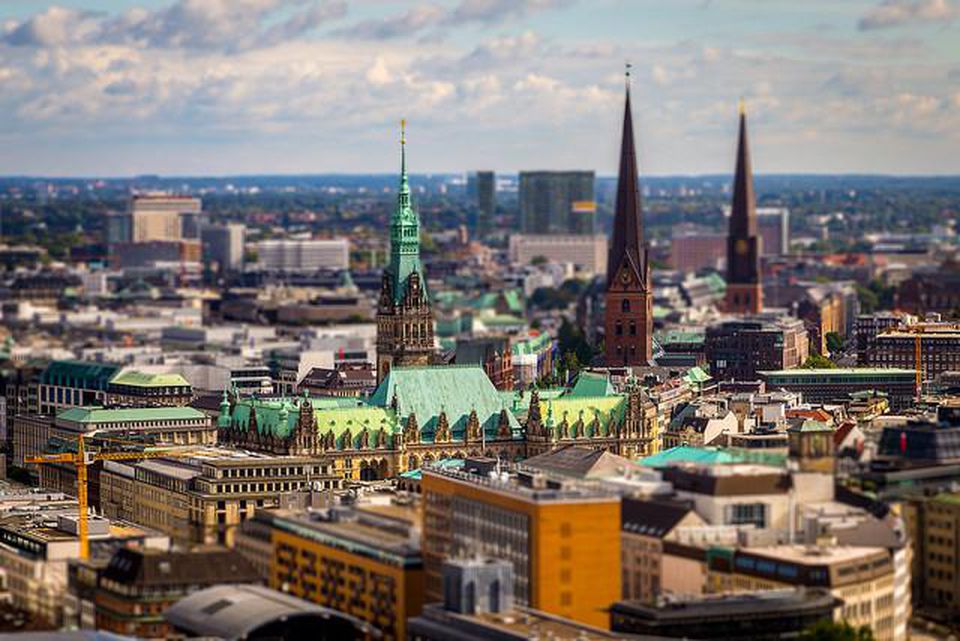 Carsten Frenzl/Flickr
Carsten Frenzl/Flickr
Hamburg is the second largest city in Germany.
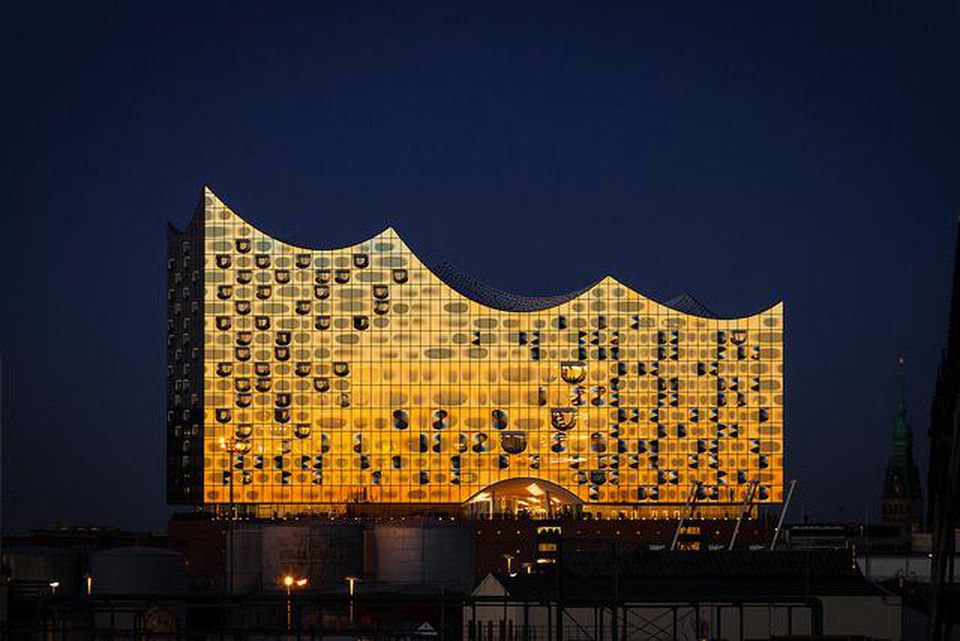 Rotzepotz/Flickr
Rotzepotz/Flickr
The Elbphilharmonie in the evening. The building was designed by Swiss architects Herzog and de Meuron.
4. Tallinn, Estonia
Eastern Europe is a having a moment and Tallinn is the place to start.
The picture-perfect Tallinn vaguely resembles charming Denmark; the splendid Alexander Nevsky Cathedral stands as a proof of the Estonian history as part of the Russian Empire. Some may notice how similar the city is to Helsinki, which is across the Baltic, just an easy ferry-ride away. From a tourist point of view, one may argue that it’s the new Prague.
The country’s prime location on the Baltic made it constantly invaded, ruled and influenced by neighboring countries — Denmark, Sweden, Germany and Soviet Union — before finally becoming independent in 1991.
This year is the 100th anniversary of the Republic of Estonia so it’s a good time to visit Tallinn, a city full of picturesque buildings, towers, and red roofs. It’s still relatively under the radar but getting increasingly popular among travelers wanting to discover unknown destinations. This year will see many celebratory events, from music festivals to sporting events.
The remarkably well-preserved Old Town is on the Unesco Heritage Site list for its historic significance as a trading center during the medieval period and for its opulent architecture. Find splendid gothic buildings surrounded by medieval walls. Raekoja plats (town hall square) has been the center of the town life since the 11th Century. It’s worth climbing up to gothic St. Olaf’s church for a fantastic view of the city.
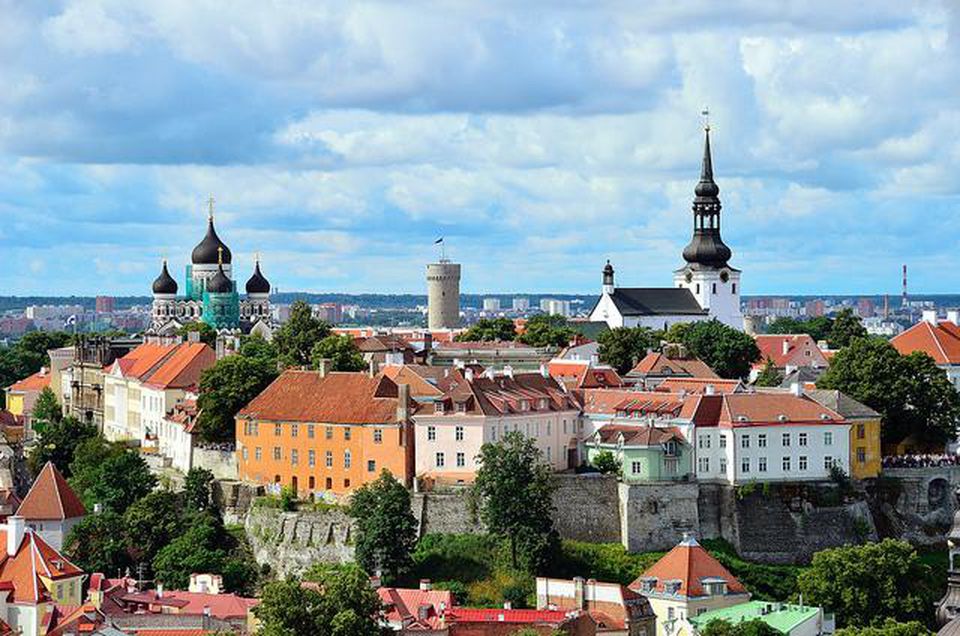 Aaron Geddes/Flickr
Aaron Geddes/Flickr
Tallinn, the capital of Estonia
5. Seville, Spain
While Barcelona often tops the list as the best city in Spain, Seville offers as many attractive points if not more, with its breathtaking beauty, layers of history and manageable size.
Seville is so old and rich in history. Yet it’s so young and vibrant as never before. The city abounds in breathtaking historical monuments such as the Cathedral and Real Alcazar –where part of Game of Thrones has been filmed– while Metropol Parasol, a futuristic landmark is an indication that the city is moving forward.
The restaurant scene reflects the harmony between old and new. There is a historic place such as El Rinconcillo, founded in 1670, the oldest bar in Spain. But the city’s also booming with modern restaurants — from Michelin-starred Abantal to La Azotea and Eslava, modern tapas bars.
It’s good to start at Seville Cathedral, the third largest in the world and a UNESCO World Heritage Site where Christopher Columbus’ tomb is found. La Giralda clocktower at the cathedral, which measures 340 feet tall, offers a breathtaking view of the city.
One way of discovering the charm of the city is by exploring the Santa Cruz quarter through narrow alleys, getting lost and stumbling upon many tapas bars in the area. Tablao Flamenco Los Gallos in the same area is a great place to watch authentic flamenco.
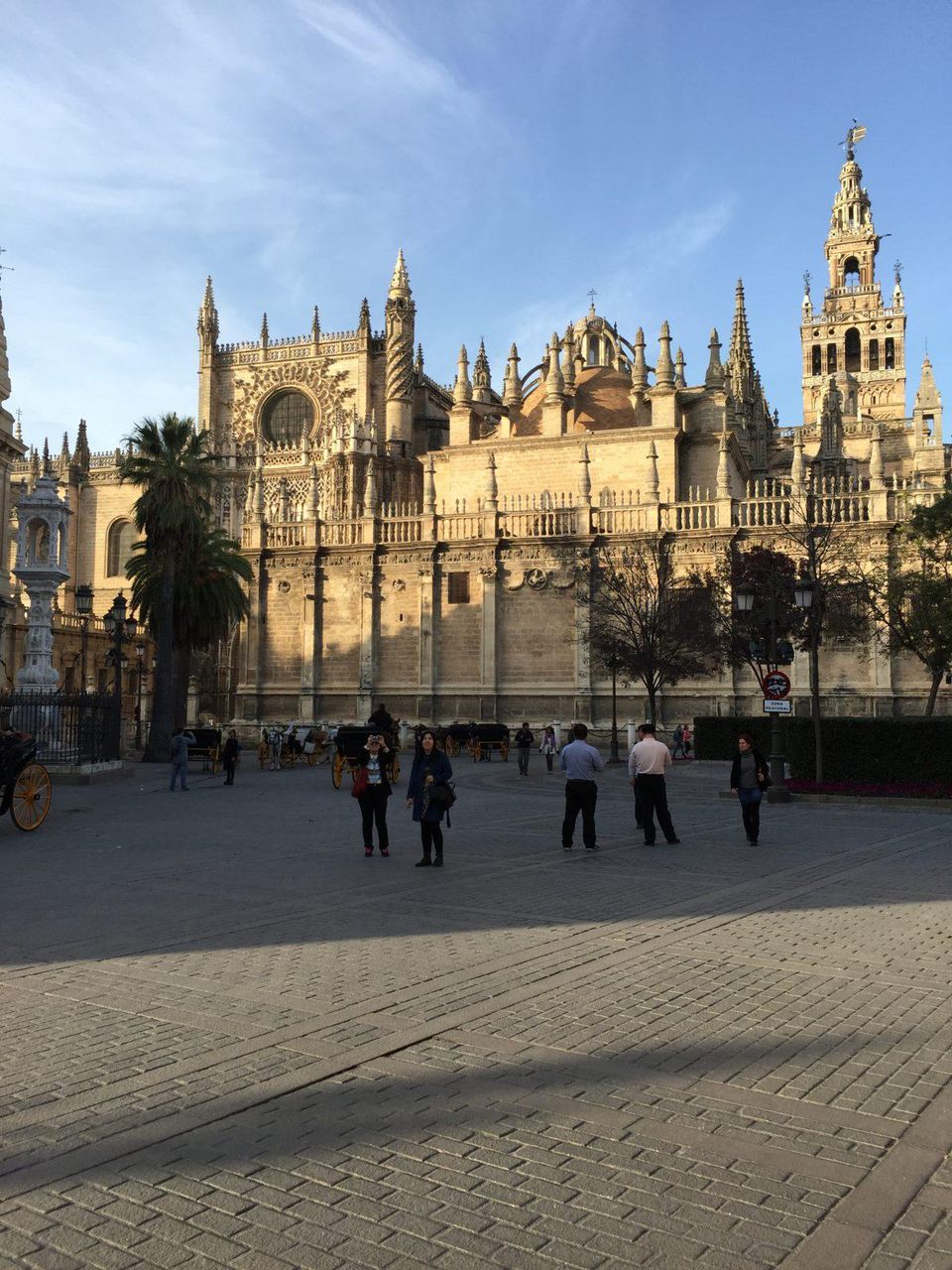 Juyoung Seo
Juyoung Seo
Seville Cathedral.
 Vadim Klochko/Flickr
Vadim Klochko/Flickr
Plaza de España in Seville, Spain


